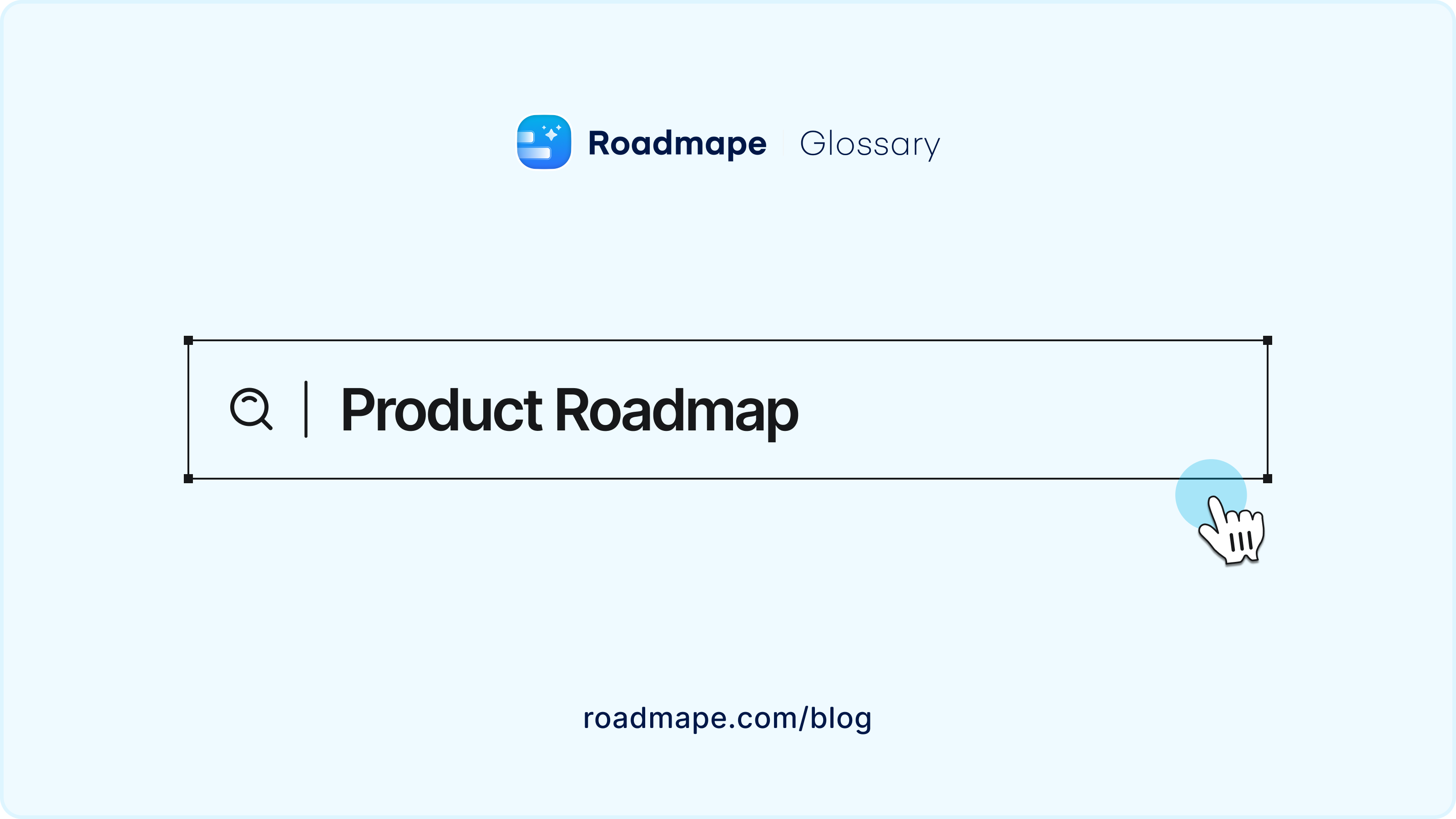What is Opportunity Solution Tree? Popular Framework for Strategic Product Decisions
The Opportunity Solution Tree is a powerful tool that helps product teams map out the journey from identifying high-level goals to selecting specific features to implement.

TL;DR
The Opportunity Solution Tree (OST) is a powerful visual tool that helps product teams map out the journey from identifying high-level goals to selecting specific features to implement.
This framework aids in exploring different solutions to meet user needs effectively and ensuring alignment with strategic objectives.
Introduction
In today's competitive landscape, product teams are constantly challenged to make strategic decisions that align with business goals and user demands.
The Opportunity Solution Tree is a conceptual model designed to navigate these challenges by providing a structured way to explore and prioritize opportunities and solutions.
Understanding the Opportunity Solution Tree
Definition and Purpose
The Opportunity Solution Tree is a visual framework that begins with a clear business outcome and branches out into opportunities and potential solutions.
It was developed as a tool to improve decision-making in product development, ensuring that the steps taken are directly linked to achieving key results.
Components of the OST
- Desired Outcome: The starting point of the tree, representing the primary goal or result that the organization aims to achieve.
- Opportunities: These are specific, actionable areas where the team can make changes or improvements to reach the desired outcome.
- Solutions: For each opportunity, various solutions or ideas are brainstormed. These are potential ways to capitalize on the opportunity.
- Experiments: Solutions are tested through experiments to validate their effectiveness before full-scale implementation.
Benefits of Using an Opportunity Solution Tree
- Alignment with Objectives: Ensures all product decisions and features directly support the strategic goals.
- Focused Efforts: Helps teams prioritize opportunities and solutions that offer the most significant impact.
- Collaborative Discovery: Encourages involvement from different stakeholders, fostering a shared understanding and commitment to the product strategy.
- Efficient Decision-Making: Reduces the time and resources spent on less impactful initiatives.
Implementing an Opportunity Solution Tree
- Identify the Desired Outcome: Clearly define what success looks like for the project or initiative.
- Brainstorm Opportunities: Gather insights from user research, market analysis, and stakeholder input to identify where the greatest opportunities lie.
- Develop Solutions: Think creatively to come up with multiple ways to address each opportunity.
- Prioritize and Test: Evaluate the potential impact of each solution and conduct experiments to validate your hypotheses.
Conclusion
The Opportunity Solution Tree is an invaluable tool for product teams seeking to enhance their strategic planning and execution.
By clearly linking opportunities and solutions to desired outcomes, teams can ensure that their efforts are both effective and aligned with broader business objectives.
FAQ
Who should be involved in creating an Opportunity Solution Tree?
Product managers, team leads, UX researchers, and key stakeholders should collaborate on developing the OST.
How often should the Opportunity Solution Tree be updated?
It should be revisited and updated regularly as new data becomes available and as the market and user needs evolve.
Can the OST be used for any type of product?
Yes, the OST framework is adaptable and can be used for digital products, physical products, and service-oriented solutions.
What is the difference between an Opportunity and a Solution in the OST?
Opportunities are areas identified for improvement or growth, while solutions are specific actions or features designed to exploit these opportunities.
How do you measure the success of an Opportunity Solution Tree?
Success is measured by how effectively the implemented solutions achieve the desired outcomes and contribute to the overall strategic goals.
By integrating the Opportunity Solution Tree into your product development process, you can drive more strategic value and ensure that your product aligns with the needs of your customers and your business.
For teams looking to avoid common pitfalls and enhance their strategic execution, tools like Roadmape can offer critical support in managing and visualizing your product roadmap.
Explore Roadmape today to see how it can transform your product management practices!


